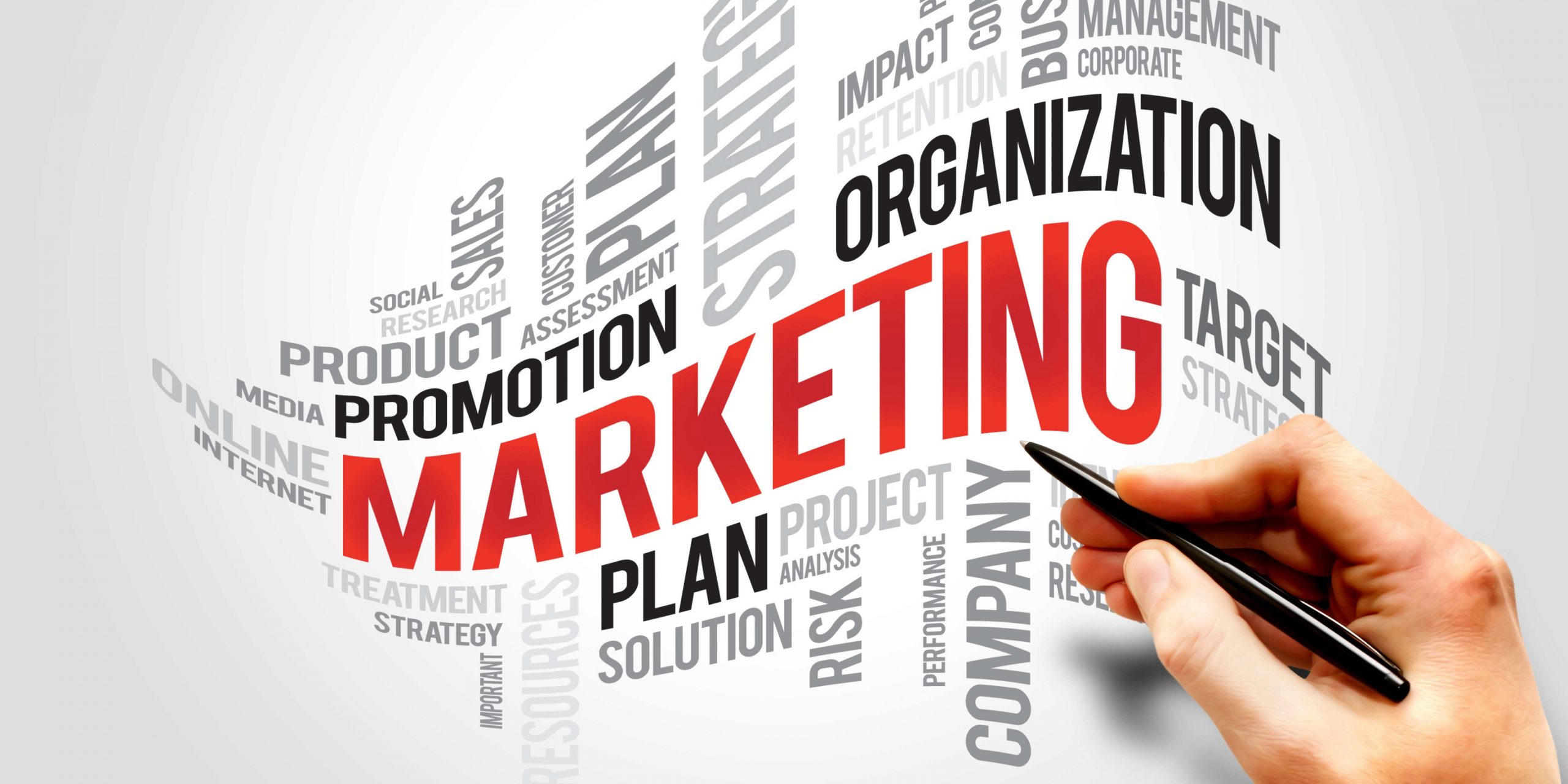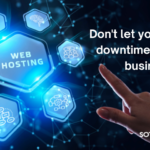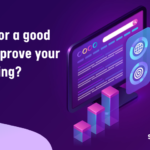The industry has long maintained the view that B2B and B2C marketing differ more from one another than they are similar to one another. However, both as consumers and as stakeholders in the firm, clients want a more individualized experience. The other changes in the landscape of the global economy are amplified by this transition. Businesses in all sectors are adjusting to profound changes in the market, and as data and advertising technology improve digital capabilities, the B2B-to-B2C marketing distance is narrowing.
Here, we dispel three common misconceptions regarding the distinctions between these two types of marketing:
The Target Audiences Differ Too Much
It has long been maintained that the target audience is the key distinction between B2B and B2C marketing. While B2C businesses target customers, B2B marketers target corporate executives. However, the line separating work life and family life is disappearing as business (corporate) culture has changed from a 9 to 5 routine to leaders working from home-based offices.
Because it was harder for businesses to distinguish between a consumer’s professional and personal life, B2B and B2C marketing have historically been considered distinct. A single person’s consumer and corporate profiles could not be brought together into a single, coherent view. Today, marketers can utilize solutions like B2C Link to gather these types of insights and engage each prospect holistically, taking into account who they are as a person both at work and beyond it.
For instance, a female person works as a busy vice president of the human resource department in the hospitality sector. She has two children and loves to travel in her personal life. An astute B2B salesperson could take advantage of her passion for family and travel to establish a connection with her through a highly customized account-based promotional campaign that conveys her a calendar with a new family-friendly vacation destination each month or a chart she can hang in her workplace and mark off all the places she has visited, in addition to an invitation to talk more about their solution. A B2C vendor could tailor their communication to a professional who is balancing work and family obligations. They could, for instance, send her an email with suggestions for an attire that would be suitable for an HR consultant while yet being at ease enough to be worn to drive her kids out for pizza after she picks them up from soccer practice.
An example of B2B: Pacific Life used Facebook to target company owners
It is easy to overlook your business prospects’ personal lives. However, Pacific Life made the decision to use Facebook to try to attract small business owners’ attention after hours. Facebook was initially intended to help individuals handle their personal lives, however, most small business owners are constantly thinking about their businesses. Outside of email campaigns and cold calls, Facebook is a potent tool to grab your viewers’ attention. Strategy on it should be brought to an even higher level with the visitor analytics from a website of a specific B2B company, created after locating website builders who complied with the stringent requirements of website creation. In such a case, Facebook can do the re-targeting in accordance with the visitors’ profiles on the website.

An example of B2C: A clothing firm tailored product suggestions based on career choice.
The choices you make in terms of clothing depend greatly on the vocation you choose. Despite the fact that what constitutes ‘professional’ varies greatly by business, many merchants still treat professional apparel as a single entity. A computer programmer, for instance, would not care about wearing the same business clothing as an attorney. Marketing would be capable of segmenting their database and customizing messaging (as well as premium products) to different segments if they have corporate data about their audience.
For B2C Marketers, Personalization Is More Effective
Both B2B and B2C advertising depend heavily on personalization. According to a Forrester study, 79% of businesses that outperform their revenue targets claim to have a written personalization plan. According to LexisNexis research, 93% of B2B marketers said that tailoring content over time enhanced their income, demonstrating how important customization is for B2B businesses.
It is becoming obvious that customers want businesses to treat them with the same level of personalization whether they deal with them as clients or partners.
An example of B2B: Personalization is used by Brainshark to boost conversions.
A B2B software firm called Brainshark assists companies in producing and disseminating material for marketing, education, and sales enablement needs. Offering free trials of its goods is a significant component of Brainshark’s approach. Although Brainshark could attract consumers for free trials, they were having problems turning them into paying clients.
Brainshark made the decision to strive to improve personalization in order to better explain to their trial version users the worth of their paying subscription. They conducted product usage analytics and discovered three distinct groups of people that signed up for free trials:
- individuals who registered for the free product yet did not use it,
- registrations from users who never published a presentation,
- presentations that users had uploaded but had not shared.
In order to help users actively begin their free trials or utilize the product in a more nuanced way to realize its full potential, Brainshark then tailored messaging in the software interface and in pop-ups. People who had not started using the product, for instance, received advertisements that emphasized what “they were missing”. To advance their level of usage, users who had registered but had not yet delivered a presentation were encouraged to do so, while those who had already done so were urged to share.
The results: According to Brainshark, the enterprise product’s free trial sign-ups jumped by 150%, registrations by 15%, and the whole sales pipeline surged by over $1.1 million.
An example of B2C: In order to reach out to their mature demographic, Céline hired older models.
Two years ago, there were more 55-year-olds than 5-year-olds in the world, and between 2015 and 2030, the elderly urban population is predicted to rise by 50%, but less than 5% of promotion is targeted at this demographic. Older generations represent a growing market that retailers who ignore are missing out on. Brands can have a significant impact on this group with only little modifications to their content. By featuring renowned author Joan Didion in its advertisements, the French fashion label Céline attracted its older clientele and caught the media’s eye.

Social Media Is More Effective for B2C Advertising
It may appear that B2C companies are the only ones that can profit from posts on social media and promotions, particularly on initially consumer-focused networks like Facebook and Instagram. However, according to research published in the Harvard Company Review, 90% of corporate decision-making start their buying process by contacting peers and industry experts, often via social media. Alike B2B and B2C consumers place greater value on word-of-mouth advertising. If indeed the outreach is made via a mutual relationship, B2B buyers are five times more inclined to respond. According to a Nielsen consumer poll, 92% of respondents prefer referrals from family and friends to any other form of advertising.
As a result of these findings, an increasing number of B2B businesses are accepting the proof that social media can have an effect on their financial results. With constantly improving segmentation and targeting tools, practically all social media platforms present B2B companies with a fantastic, low-risk chance to increase lead generation and engage potential customers for the sale.
An example of B2B: Maersk manipulated the narrative on social media to boost ROI.
Few people would associate a shipping container company with 3.1 million Facebook followers. But Maersk is indeed a powerhouse on social media. The B2B company boasts 3.1 million Facebook fans, and they also have outstanding followings on Instagram, Twitter, and LinkedIn, totaling 135k, 75.6k, and 304k, respectively. They adhere to the best practices on social media, which include publishing frequently, using their platforms to share significant company or industry news, communicating personally with customers, and uploading videos and photographs that are more likely to spark engagement.
Maersk publishes historical company movies on YouTube so that viewers can discover more about the company. Their Instagram is flooded with images posted by both followers and employees. They were capable of immediately addressing an issue on Twitter. They were able to take command of the narrative when the vessel Emma Maersk slammed into the ground in Egypt by issuing a statement and responding to locals’ worries about the incident in real time. The business has recorded an ROI of roughly 1,500% from just their Facebook page in terms of measurable outcomes.
An example of B2C: Wendy’s Twitter strategy goes viral
The creative mind behind Wendy’s Twitter stream merits heavy compensation. Online, Wendy’s has gained a reputation for someone being witty and sarcastic and has frequently gone viral for its one-liner humor. Wendy’s tweets have given the company an invaluable amount of free exposure and led to a dramatic increase in social media followers from Buzzfeed to Forbes, BoredPanda, Thrillist, and more.
According to estimates, Wendy’s first popular tweet, which was a fun dig at McDonald’s, brought in an extra $64 million in revenue.

It is time for businesses to start engaging customers as multifaceted persons due to the blurring of the barriers separating life and work as well as the advancement of data and technology. Both B2C and B2B organizations may create a comprehensive sales and marketing plan that is entirely customized and engages with customers on a more profound level with the correct data and tools.




